How many kilometers to go around the world? The History of Navigation Behind our Global Voyages
2021/3/19
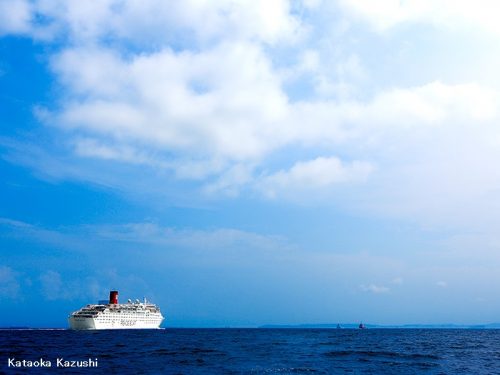
A global voyage, where you can visit many different countries while crossing the seven seas, is a great way to feel the size of our planet. How many kilometers does it take to go around the world? What is the history of circumnavigation of the earth? We will here answer many questions from our over 30 years’ experience of traveling around the world, while touching on the history of navigation and the footprints of other famous sailors. Let’s go on an around the world journey, experienced only by a few!
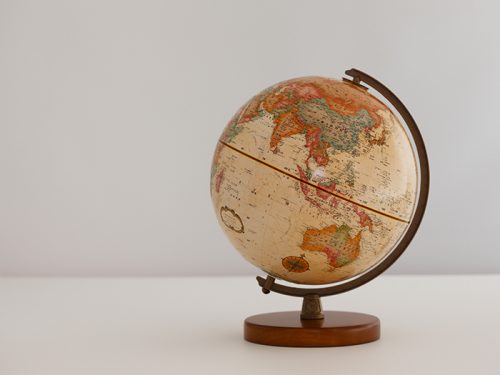
How many kilometers does it take to go around the world?
The earth’s diameter is 40,000 kilometers, quite an clean number. This is because in the second half of the 18th century, this distance was used to establish a unit of distance within the international system. This unit is the meter, which was defined as one ten-millionth of the distance from the equator to the north pole. Vice versa, from each pole to the equator, is ten thousand kilometers. So, in order to travel around the world in a straight line, you would need four times this distance. However, as the earth is not a perfect sphere, with some deformities on its poles, the distance if traveling along the equator is slightly different from that accross the meridians. More specifically, the equator has a length of 40,075 kilometers, while the meridians are 40,009 kilometers.
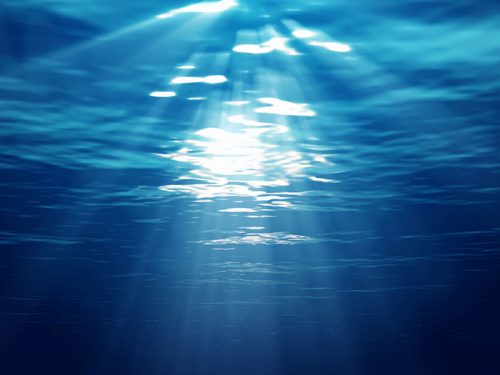
The first person to research the earth’s diameter was Eratosthenes.
The first person to calculate the earth’s diameter was the Greek mathematician Eratosthenes. Eratosthenes, who played a central role in the academic wold of the time as the director of the Library of Alexandria, came to know about a well in Egypt’s southern city of Swenett, now Aswan, which would only receive light during the noon of summer solstice. However, this phenomena wasn’t observed at the wells in Alexandria, a city in northern Egypt, despite it being the same time of day. Based on the position (angle) of the sun, and the distance between both cities, Eratosthenes calculated the diameter of the earth. His calculations yielded a distance of about 46,000 kilometers, just a difference of 15% from the reality.

How many days do you need to travel around the world?
How many days would you need to travel 40,000 kilometers? On Peace Boat it takes about 100 days to travel around the world. Hearing these phrases will remind many of the book “Around the World in Eighty Days”. In this adventure novel, the protagonist travels the world using diverse means such as boats and trains. It is a thrilling tale that show us the development of transportation and the opening of the Great Travel Era of the late 19th century. In honor of the author of this novel, the prize for the fastest circumnavigation of the globe has been named the “Jules Verne Trophy.” The actual record holder has a time of 40 days, 23 hours, 30 minutes and 30 seconds. Quite an impressive feat that beats the 80 days of the book.
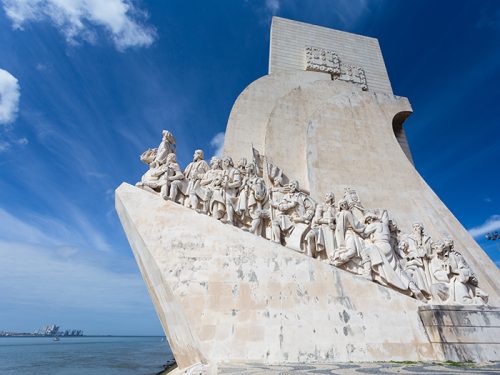
The First to Circumnavigate the World – Ferdinand Magellan’s Fleet
Ferdinand Magellan’s fleet was the first to achieve world circumnavigation. Magellan and his fleet departed Spain in 1519, traveling west and crossing the Atlantic Ocean towards the American continent. Magellan himself was killed in 1521 in Cebu, the Philippines, but his crew continued traveling and returned to Spain in 1522. It took them 3 years to achieve the first voyage around the world. Behind this remarkable achievement, we can also find a history of plundering and forced religious conversion at the places visited, however, this trip opened the curtains of a new age in the history of navigation.
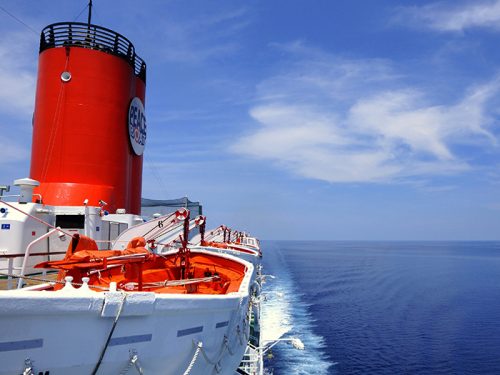
The Size of the Pacific Ocean Releaved by Magellan’s Fleet Circumnavigation
By traveling around the world, the size of the Pacific Ocean, the last of the unexplored oceans, became clear. As a matter of fact, it was Magellan who named the Pacific Ocean. While traveling the southernmost part of the American Continent, and after crossing what came to be called the Magellan Strait, he described the ocean to be “pacific” compared to the Atlantic. The name, first in Latin was “Mare Pacificum”, which later became “Pacific Ocean” in English. As mentioned earlier, the strait at the southernmost part of the American Continent is called the Magellan Strait, named after Ferdinand Magellan.
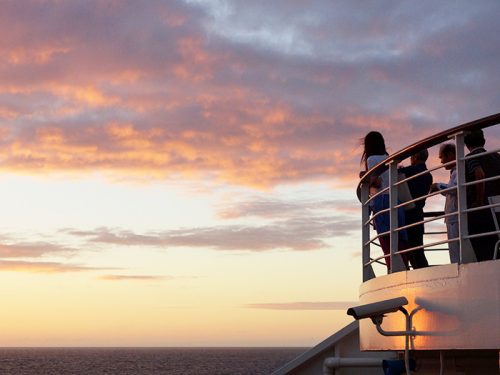
The First Person to Circumnavigate the World Twice
After Magellan’s fleet achieved its circumnavigation of the world, European powers started to make more and more maritime excursions. To this day, the number of times and means of circumnavigating the globe continue to diversify. Half a century after the Magellan fleet returned from their journey, the Spanish missionary Martin Ignacio de Loyola became the first person to circumnavigate the world twice. It is not uncommon for people to travel around the world more than once on Peace Boat voyages, which have many repeaters, but at the time this was an extraordinary feat. Moreover, he was also the first person to circumnavigate it in both directions: westward from 1580 to 1584, and eastward from 1585 to 1589.
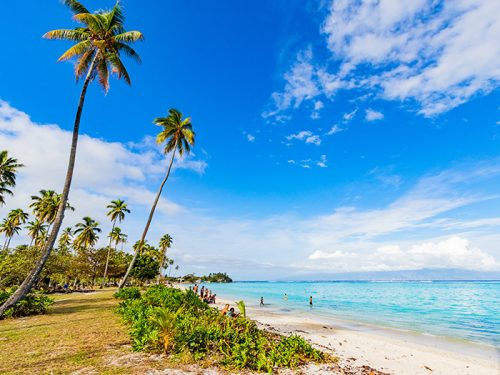
The first woman to travel around the world took 10 years? Why so long?
The first woman to circumnavigate the world was Jeanne Baret from France. From 1766 to 1769 she took part in Louis Antoine de Bougainville’s expeditions as assistant to the expedition’s naturalist. At the time female sailors were not allowed, so she had to disguise herself as a man in order to join the voyage. While everything was going well at the beginning, during the expedition’s call to Tahiti the fact that she aws a woman was discovered, and she disembarked from the ship at the port of Mauritius, in the middle of the Indian Ocean. She was able to return to France in 1775. It took her 6 years more than the Bougainville expedition, but even so, she became the first woman to circumnavigate the world.

The Diversification and Speeding Up of Travel Around the Globe
Since the invention of airships and planes, ships are no longer the only way of traveling around the world. In 1924, the U.S. Army Aerial Forces were the first to achieve the feat of traveling around the world by plane. Nine years later, in 1933, Wiley Post was the first American aviator to achieve the feat solo. At the time, it only took him seven days and nineteen hours, making travels around the world possible in just a fraction of the time it would take if traveling by ship. Moreover, the development of airways facilitated intercontinental travel, inspiring many people to travel around the world even by bicycle or by foot.
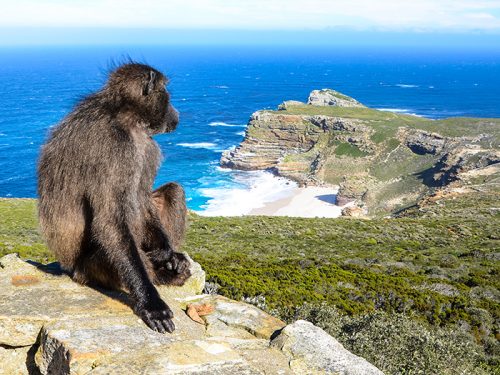
Tracing the Footsteps of the Age of Discovery on a Round-the-World Voyage
Travelling the same routes as the people who set out across the oceans in search of a new world stimulates our spirit of adventure. A special place that symbolizes this is the Cape of Good Hope, where the Indian and Atlantic Oceans meet. In 1488, when Portuguese explorer Bartolomeu Dias reached the Cape of Good Hope, he named it the “Cape of Storms” because the surrounding seas were very rough. However, due to the great results obtained from trade, it was renamed the Cape of Good Hope, with the name prevailing until today. At the popular lookout point, the observation area at Cape Point, you can see the spectacular view of where the Indian and Atlantic Oceans merge into one.
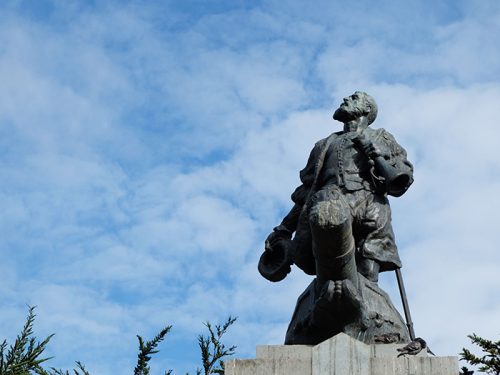
Encountering the Same View as History’s Giants on a Peace Boat Voyage
While traveling around the world, we also have the he opportunity to call at different ports that have a connection to Magellan. In Chile’s Punta Arenas, which faces the Magellan Strait, you can find a bronze statue of Magellan. Here, Magellan is standing on a cannon with one leg, while on the base of the monument is a statue representing the indigenous people, showing the relationship between the conqueror and the conquered. In Cebu, the Philippines, you can see Magellan’s Cross, built by Magellan to spread Catholicism. It is said that this cross is full of spiritual power, and that crushing and ingesting part of it can cure any disease, leading to many people taking a piece of the cross with them. The original cross has already been lost, and only a replica remains. The beautiful ceiling paintings portray the odyssey of Magellan’s fleet.
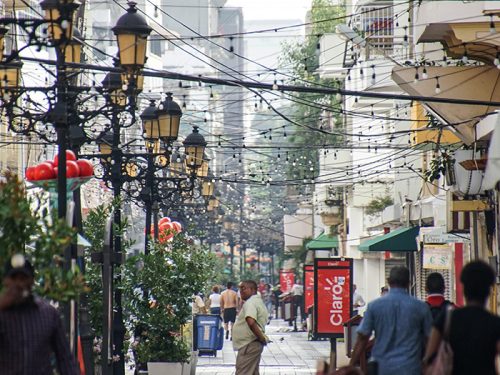
The History of the Pioneers who Covered this 40,000 km
Christopher Columbus’ first arrival to the American continent was where we now know as the Dominican Republic. Its capital, Santo Domingo, is the oldest colonial town of Latin America. Churches and governmental buildings are distributed along a central plaza, a model that became widespread in further colonial cities. In this city you can find a lighthouse that was build to commemorate the 500th anniversary of the arrival of Columbus to the new continent, and where his body rests. Circumnavigating the world, a journey of 40,000 kilometers, is an odyssey that tells us the history of human navigation, and shows a collection of landscapes that makes us feel the size of this planet.
